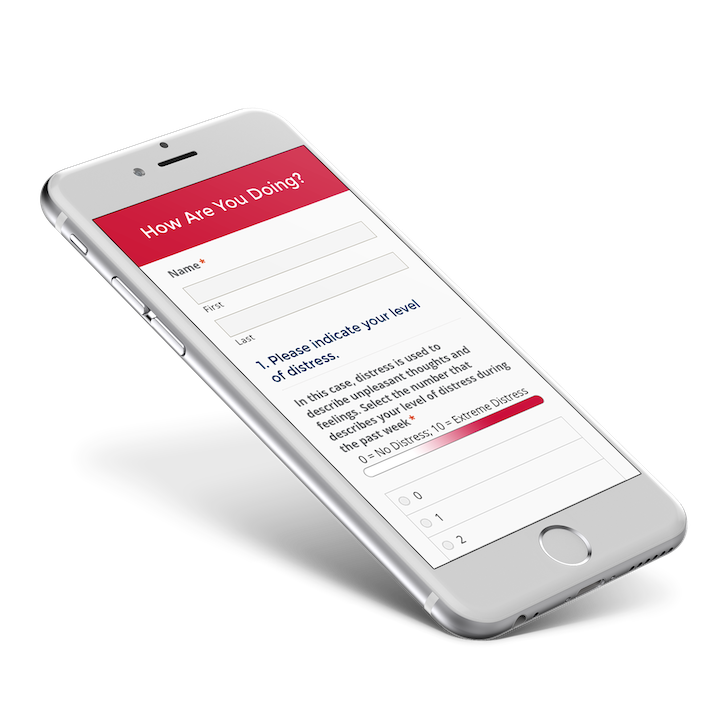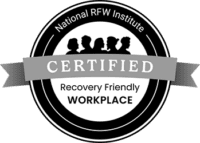Cancer Distress Screening: Why is it Important and How Can it Enhance Cancer Support Programs?
Holistic and effective mental health management is a fundamental component of comprehensive cancer treatment. From the shock and trauma of the initial diagnosis, to the unparalleled physical and emotional rigors of treatment, to the day-to-day decline in quality of life and fear of mortality, cancer patients face exceedingly high levels of emotional distress throughout their journeys. Data from the National Cancer Institute indicates that 15 to 25 percent of cancer patients also suffer from occurring depression, and additional research indicates that nearly a third of all who are diagnosed experience anxiety.
While these numbers are alarming in and of themselves, they don’t quantify the millions more cancer patients who are at risk from falling into mental illness due to constant and repetitive distress. One of the most effective ways for care providers to address and intervene in patients’ episodes of increased distress is through cancer distress screening.
What Are Cancer Distress Surveys?
Cancer distress surveys are short questionnaires that measure emotional distress of patients throughout their care journey, usually during provider visits. There are two common types of cancer distress measurement resources; however, providers are getting more and more granular with questions in an effort to refine their care approach and offer more intuitive solutions. The two common types of cancer distress measurement tools used by cancer care teams include:
- The Distress Thermometer – In much the same way patients are often asked to assess their pain level on a scale of 0-10, distress surveys generally use a similar scale to assess emotional distress and vulnerability. Responses of four or above generally indicate a moderate-to-high degree of distress, that should be identified and addressed by patients’ cancer care teams.
- The Problem List – Patients are asked to check NO or YES for each problem (physical, emotional, activity, family, social, or spiritual) that has been a cause of your distress in the past week, including the present day.

These quick measurement tools help deescalate episodes of distress and link patients in need with various care and support resources. More detailed cancer distress surveys with deeper questioning can identify specific causes of distress to offer more effective assistance and support.
What Is Distress?
In the context of cancer, distress is generally defined as emotional difficulty associated with diagnosis, treatment, or other aspects of living with cancer. The American Cancer Society indicates that feelings of distress are often characterized as feelings of sadness, anger, fear, helplessness, hopelessness, lack of control, and more. These are all emotions that can easily accompany a cancer diagnosis. There are varying degrees of distress of which care providers should be mindful.
Common examples of distress include:
- Concern over what will happen to the body during treatment
- Worrying about loved ones in the wake of their treatment and in the event of their mortality
- Fear of the future
- Fear for long-term safety, health and security
More serious examples of distress may include:
- Feeling overwhelmed and panic-stricken
- Intense irritability and anger
- Emotional instability
- Feelings of inconsolable dread
- Trouble eating
- Fixation on death
- Suicidal thoughts
These examples of distress are often triggered by notable events in patients’ journeys, including receiving a diagnosis, genetic testing, waiting for treatment or results, advancement of cancer, nearing the end of life, transitioning to another type of treatment, and physical changes brought on by chemotherapy. For this reason, it’s important that cancer surveys are deployed during major milestones in a person’s treatment experience so doctors and care providers can intervene when patients are most vulnerable.
Using Cancer Distress Surveys to Decrease Escalation and Improve Patient Care
Deploying intuitive cancer distress surveys at the appropriate times can gauge patients’ level of risk and help their care team act more quickly and appropriately. These surveys are critically important throughout a patient’s diagnosis and treatment experience because they can instantly let doctors and care providers know if the patient is at risk for self-harm, malnutrition, emotional instability, and generally lapses in care that can lead to quick health declines.
They are also important because they can help patients manage their distress by providing tips to healthy and proactive resources, like counseling services and local support groups, effective means of coping, lifestyle tools, and more. They can serve as a window into patients’ experiences and emotional states through which care providers can pass valuable information and resources to help them cope.
GoMo Health has spent years helping cancer treatment providers serve their distressed patients’ needs through intuitive, logic-based, and personalized survey dialogue. We partner with providers all over the country to provide surveys that can address in-the-moment vulnerability and high-risk behaviors commonly associated with distress. These surveys have helped us significantly increase patient empowerment, improve their day-to-day state of mind, increase their resiliency and help them more readily embrace the treatment and cancer management process. Sometimes it’s just a matter of asking the right questions.
Deliver distress screening with Personal Concierge™
Automate and implement digital therapeutic solutions for oncology to receive patient-reported data on symptoms and challenges. See the impressive results of implementation at Rutgers Cancer Institute of New Jersey.







Find Us Online